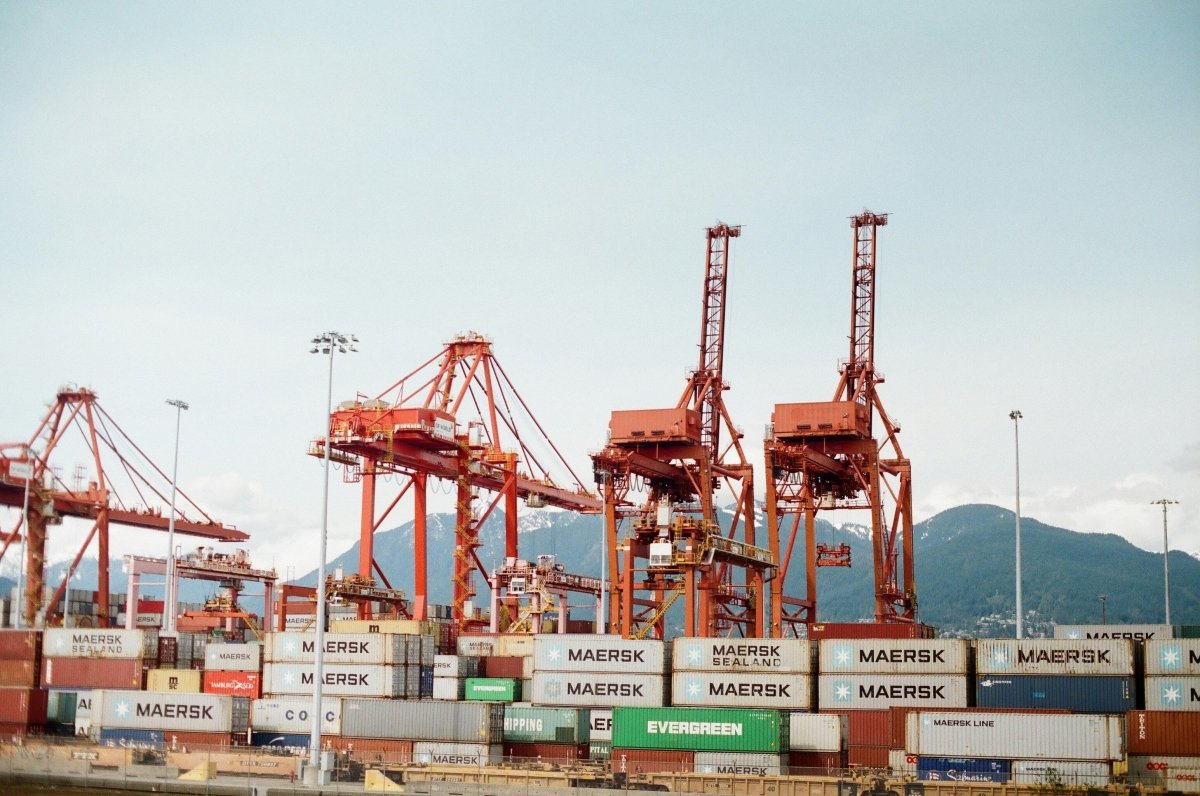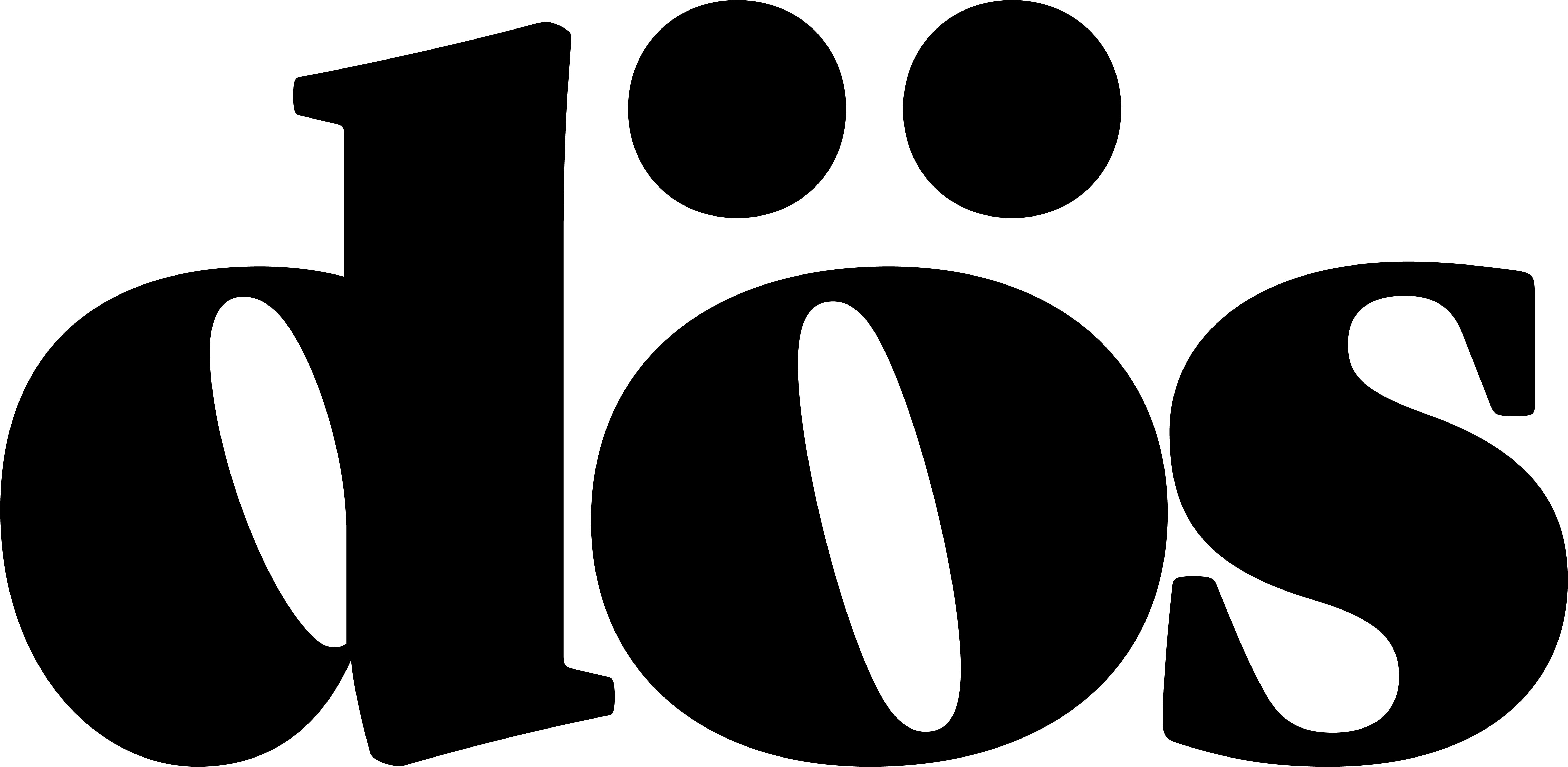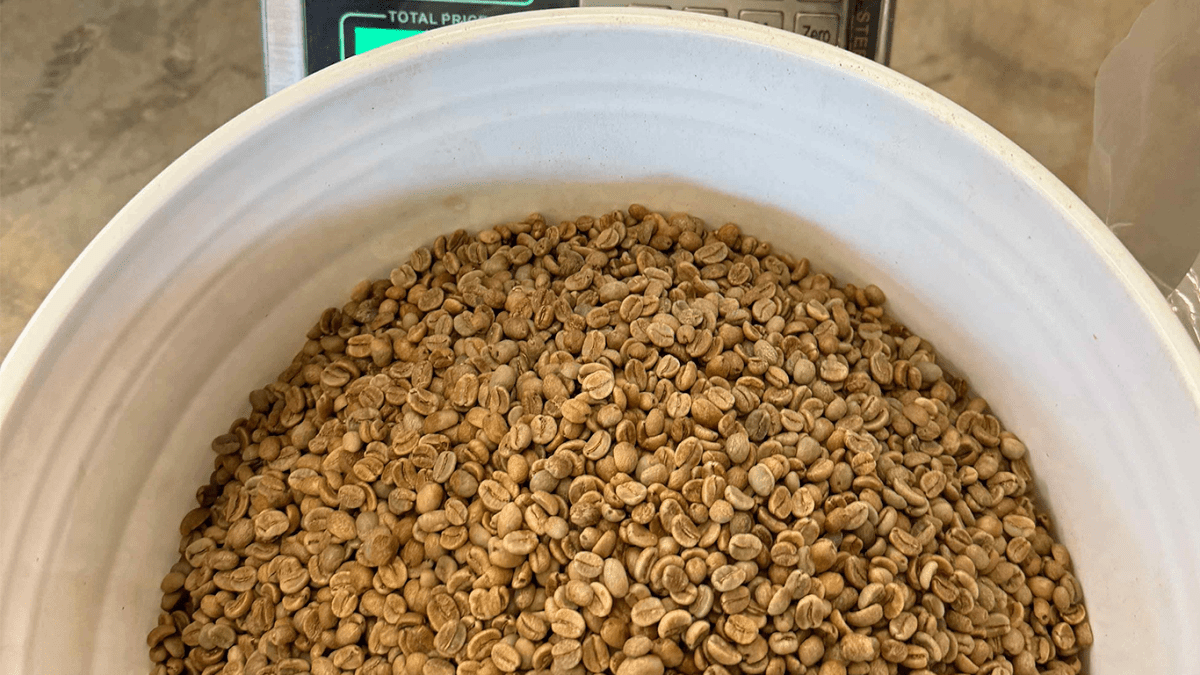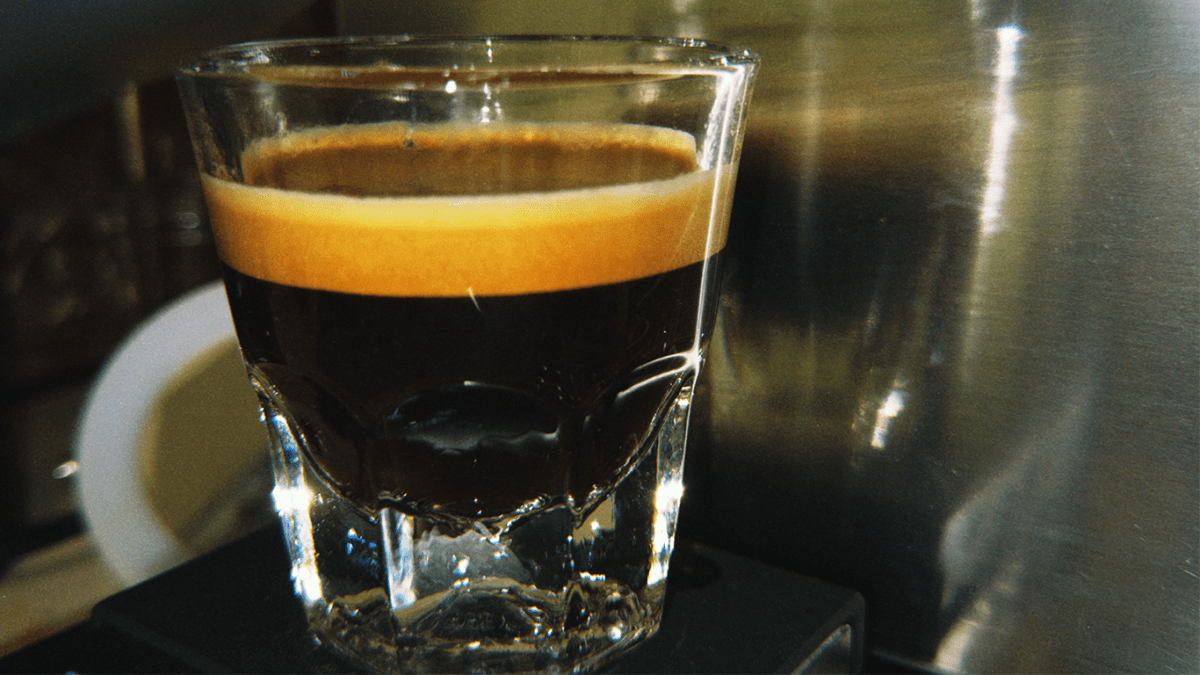DROP #4 SEPTEMBER 5, 2025 @ 12:00 PM EST
How Trump’s New Tariffs Could Disrupt the Global Coffee Market

For an industry built on relationships, rhythm, and a global supply chain stretching from equatorial farms to your local roaster, a sudden jolt like a tariff spike hits hard. And that’s exactly what just happened.
Donald Trump’s newly proposed universal 10% tariff on all imports—plus steep country-specific increases—is set to create ripple effects across the global coffee trade. From producers in Vietnam to your morning pour-over in Portland, this policy shift is already causing concern.
Let’s break down what these tariffs are, how they affect the coffee supply chain, and why the specialty coffee world needs to be paying close attention.
Table of content
What's In The New Tariff Policy
In early April 2025, Trump announced a sweeping trade plan that includes a universal 10% tariff on all imports.
Then there are additional country-specific tariffs including:
- Vietnam: 46%
- Indonesia: 32%
This has massive implications, especially considering that Vietnam is the world’s second-largest coffee producer, and a key supplier of the robusta beans used in instant coffee, espresso blends, and cold brew. Indonesia, another robusta-heavy country, also got hit hard.
Arabica-heavy regions like Brazil, Colombia, and Ethiopia—some of the specialty industry’s most iconic origins—are facing a 10% tariff bump, which might not seem as dramatic, but when you’re importing at scale, even a 10% margin shift is a big deal.
Learn more here
Why This Matters for the Coffee Supply Chain
Producers
While the tariffs are technically on U.S. importers, producers in origin countries will feel the squeeze. Some buyers may pull back or renegotiate contracts, especially for lower-margin robusta coffees.
Small Roasters
Big roasters with volume and buying power might weather the change by shifting supply chains or negotiating bulk deals. But smaller specialty roasters? They’re more exposed.
They may have to pass costs onto consumers, reduce origin offerings, or skip experimental and microlot coffees that are already expensive to import.
Consumers
Ultimately, your $18 bag of single-origin could become a $21 bag overnight. Not because the quality changed—but because policy did.
This pricing pressure could also flatten variety, making it harder for roasters to bring in unique or rare coffees that don’t have economies of scale.
What This Could Mean for Specialty Coffee’s Future
Specialty coffee thrives on diversity of origin, process, and ultimately, flavor. It's built around storytelling, traceability, and access to unique, small-batch coffees that represent something more than just caffeine.
Tariffs—especially ones this sudden and broad—introduce friction to that ecosystem. They discourage experimentation. They limit access to new origins. They could even push some roasters to use more generic blends just to maintain price stability.
For producers trying to innovate with new fermentation methods or experimental processing, this could be devastating. If U.S. buyers pull back, their coffees may never make it to market.
This isn’t just about prices. It’s about how the specialty coffee scene stays dynamic and forward-moving.
Will these tariffs affect all coffee?
Yes. The universal 10% tariff affects all coffee imports, and many key producing countries are also seeing additional country-specific increases.
Are U.S. roasters already raising prices?
Some are. Others are trying to absorb the cost temporarily. But as contracts renew, you can expect price adjustments industry-wide.
Why does Vietnam face the highest tariff?
The 46% rate reflects broader geopolitical tensions between the U.S. and China/Vietnam. It’s less about coffee specifically, and more about strategic trade leverage.
Can roasters switch to domestic coffee?
Not realistically. Coffee doesn’t grow in the mainland U.S., so there’s no domestic alternative to replace these imports.
Will this make low-quality coffee more common?
It’s possible. Roasters may opt for more stable, bulk coffee rather than continue sourcing premium microlots that now carry higher import costs.
Conclusion
Tariffs like these don’t just hit the bottom line—they shape what kind of coffee makes it into your cup.
When margins shrink and uncertainty rises, the first thing to go is often risk-taking and specialty coffee depends on risk. From producers experimenting with new methods to roasters betting on unusual origins, this space is built on creativity and exploration.
If these new policies remain in place, they’ll push against that spirit. They’ll reward scale over nuance. And that’s something the entire coffee community; producers, roasters, and drinkers—should be thinking about.
Explore Rare Coffees While They’re Still Accessible
At Dös Coffee Club, we’re always looking for microlots, experimental processes, and rare coffees that push boundaries.
But with tariffs like these, sourcing just got more complicated.We’re committed to continuing the hunt—but it might mean some origins disappear faster, or become harder to access.
If you want a front row seat to the changing world of specialty coffee, join Dös now. We’ll text you the moment something special drops.



